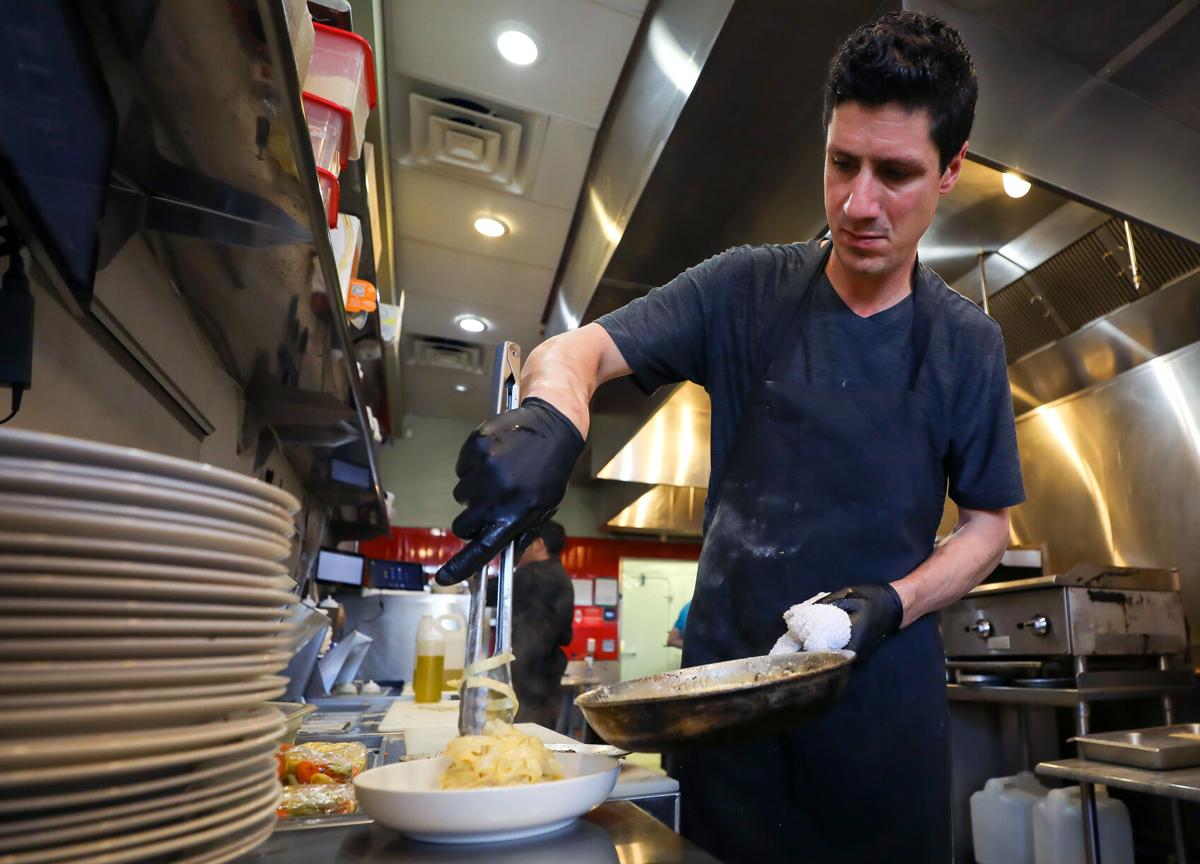Arizona’s jobless rate remained unchanged in May at 3.2% as the state and nation wait to see the effect of a sharp hike in interest rates on the economy.
The private sector added a mere 1,200 jobs, less than a tenth of 1%. Overall employment is up by 99,000 in the past year — and by 390,000 since the bottom dropped out in April 2020 at the beginning of the pandemic.
Overall employment now is 15% higher than it was just before COVID.
The growth has been led by the state’s leisure and hospitality industry, with 4,900 new jobs in May offsetting losses elsewhere.
Overall employment in the sector, dominated by bars, restaurants and hotels, is up 10.6% since last year. But Doug Walls, the labor market information director for the state Office of Economic Opportunity, said that is not surprising given how hard these businesses were hit during the pandemic.
There are other bright spots in the report.
Arizona manufacturers added another 400 jobs in May, bringing the year-over-year increase to 9,600. That is the largest annual gain since June 1995.
But there are other signs that could portend future difficulty.
In April, the most recent figures available, there were just 4,757 permits issued for new single and multi-family homes. That not only is a nearly 30% drop from the prior month but is close to 16% less than last year.
Walls said some of that could be due to a spike the prior month, with companies possibly starting new construction ahead of the anticipated jump in interest rates.
“Or this could be from slowing demand from around the state,” he said.
Higher interest rates also could figure in that demand.
Even before Wednesday’s announcement by the Federal Reserve Board it was raising interest rates by 75 basis points — 0.75% — the average contract rate on a 30-year fixed rate mortgage was 5.65%. Reuters reports that’s the highest level since late 2008, toward the end of the Great Recession.
And the Fed hinted there would be an identical rate hike later this year.
There are other indications of effects on the housing market.
As of last month, the inventory of homes on the market in the Phoenix metro area, the only one for which Walls had data, hit 6,952. That’s up by 2,500 from April and is 67% higher than the same time a year ago.
There are other indicators of economic changes to come.
The most recent data shows the consumer price index for the Phoenix area is up 11% over last year, a figure even higher than the national average.
That’s being led by a 32.6% increase in energy prices, driven largely by spiking gasoline prices. But there also was a 17.4% hike in transportation costs, essentially what consumers pay for new and used vehicles.





